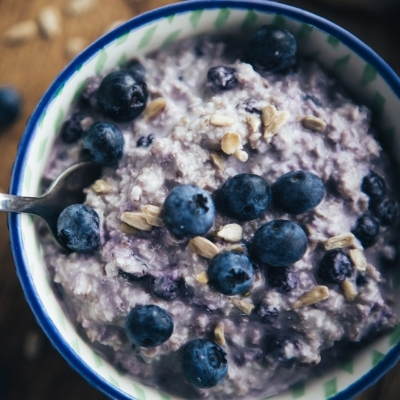
Foods that Fight Stress
Let’s be real: When life gets overwhelming, it’s much easier to reach for a candy bar than it is a bowl of vegetables.

Let’s be real: When life gets overwhelming, it’s much easier to reach for a candy bar than it is a bowl of vegetables.

As some areas of the country start to open up, eating out (safely) may be back on the table. Here are a few things to look for when eating away from home.
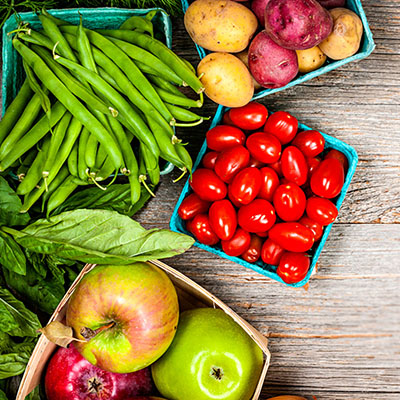
Understand how calories, nutrients, portion sizes, and having a plan play a role in helping you to achieve a healthy relationship with food
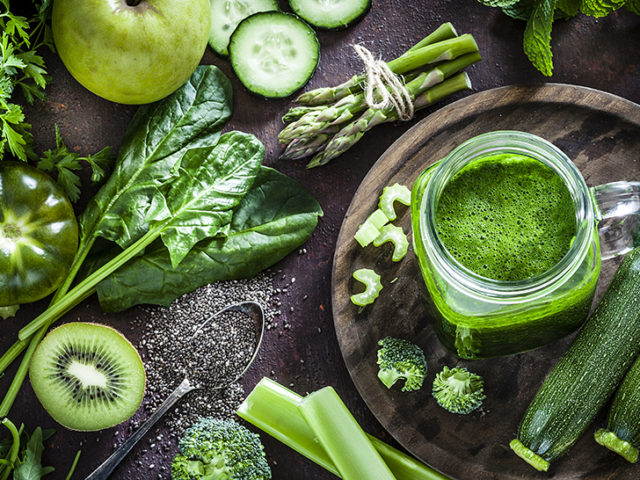
Green smoothies, green juice, and “shots” of greens are a go-to breakfast, snack, or post-workout drink for many health enthusiasts.

Americans are consuming nearly 150 pounds of added sugar per year — that’s approximately 42 teaspoons per day!
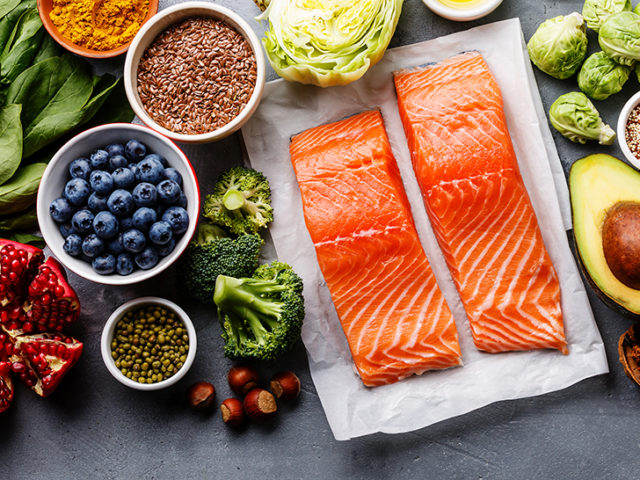
Anti-inflammatory has become a buzzword in the wellness world in recent years. Why are we all so obsessed with fighting inflammation?
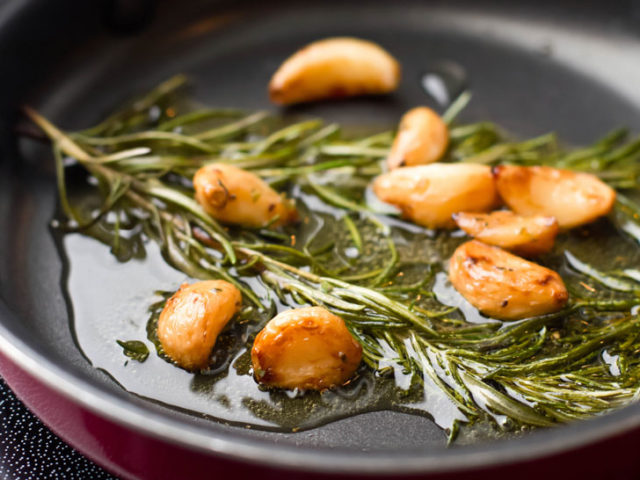
Good fat, bad fat, no fat, low-fat, butter, margarine, olive oil — is your head spinning yet?
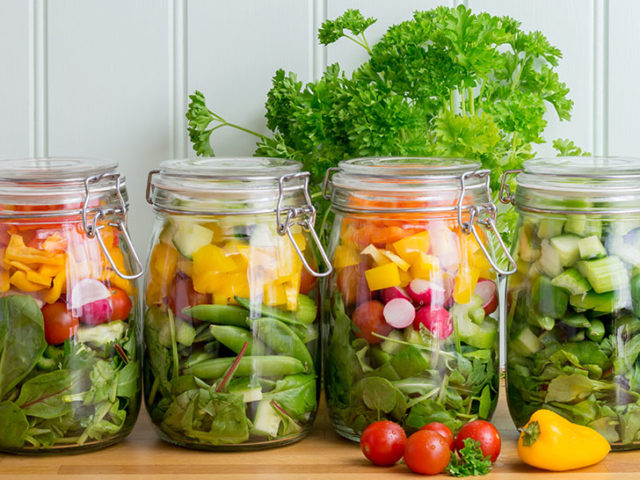
The change of seasons always feels like a good time to reflect and renew any wellness goals, doesn’t it? But it can also mean a shift in your daily routine.
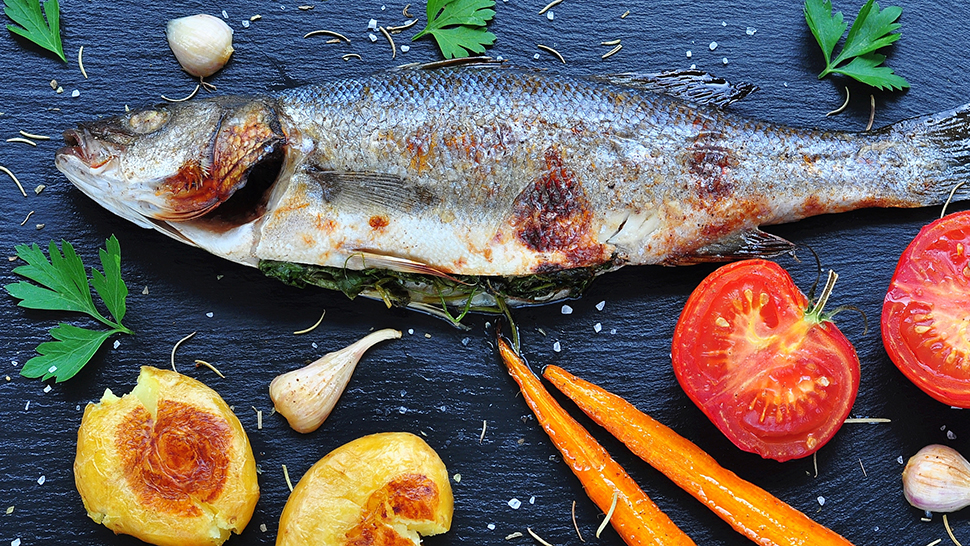
Imagine a table filled with freshly caught fish topped with bright green herbs, platters of vibrantly colored vegetables, and a simple bulgur salad lightly tossed in a fragrant citrus and olive oil dressing. Sitting around that table are your closest family and friends, breathing in the sea air and lingering over the meal with great conversation and lots of laughter. Sounds like vacation, right? For those living near the Mediterranean Sea, this is just a typical evening.

When talking about heart disease prevention, often the focus is on what you shouldn’t eat: red meat, cheese, salt, too much alcohol. While removing these foods from your diet can reduce your risk of heart disease, emphasizing what you can add to your plate to better your heart is just as important – and a lot more fun.
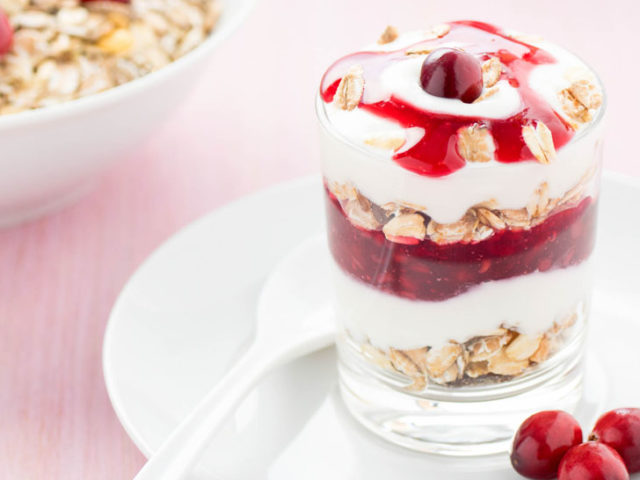
In recent years, sugar has been deemed a major contributor to our nation’s obesity crisis, along with other health conditions. It’s true that added sugars add empty calories to one’s diet, and few of us need more of those!
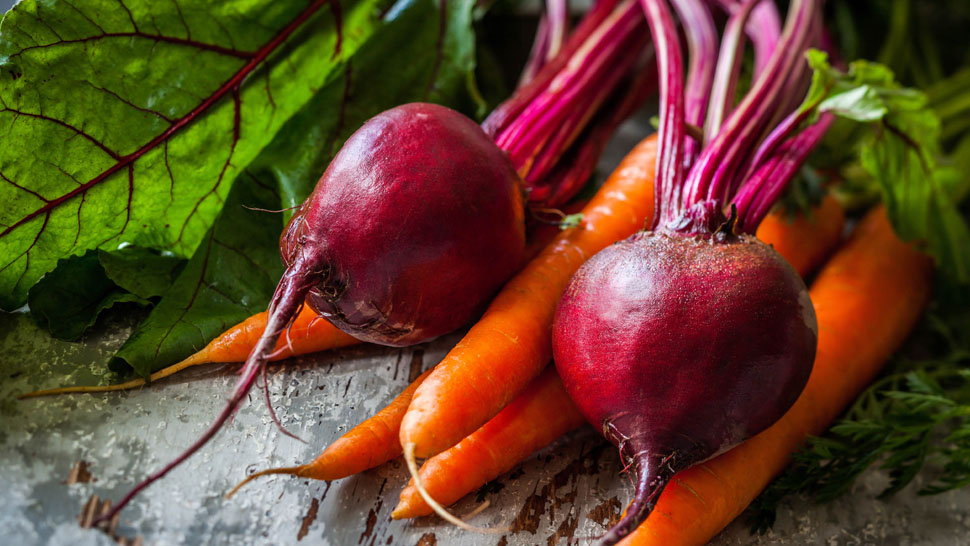
Eating a variety of colorful plant foods not only adds variety and texture to each meal, it has been linked to reduced risk of chronic disease, better aging, and general health and wellness.